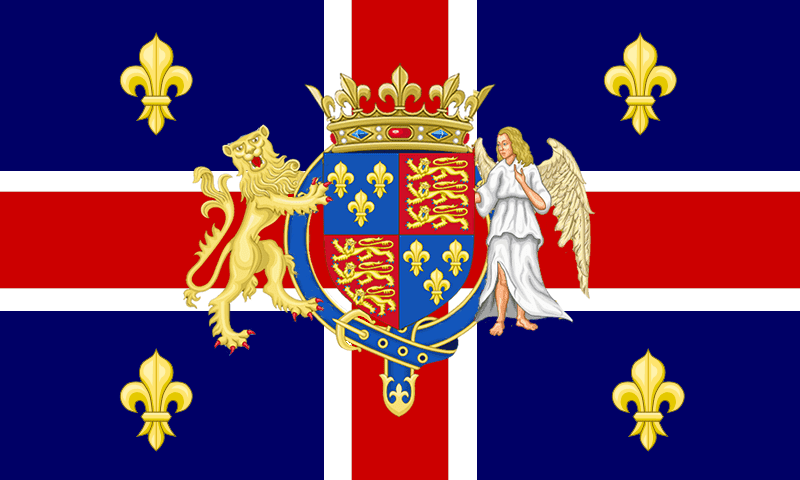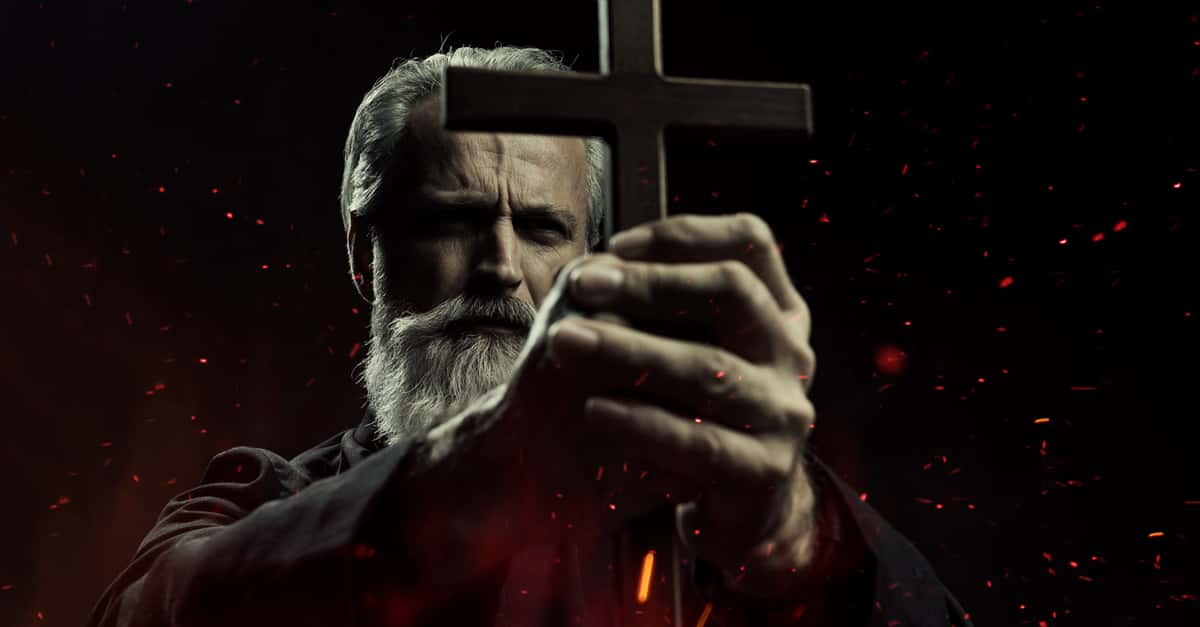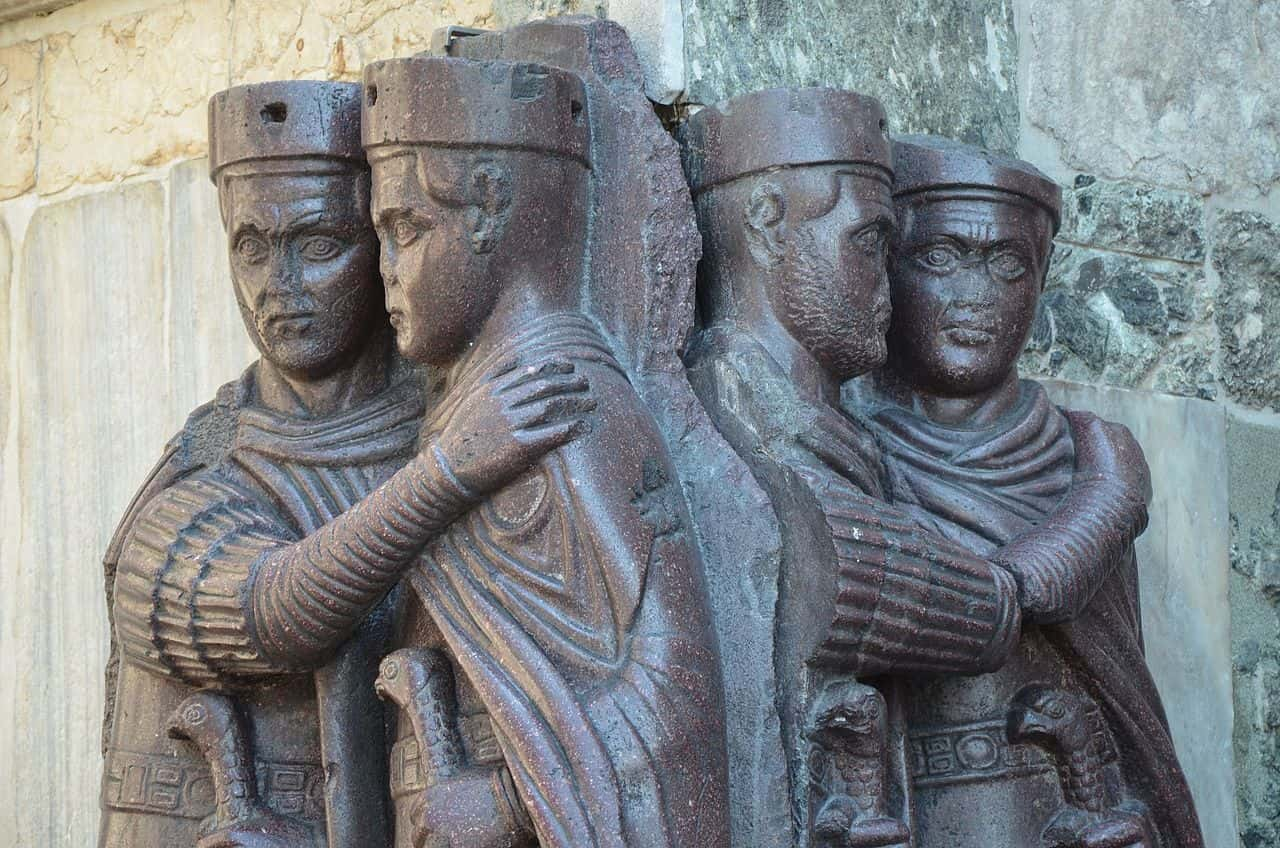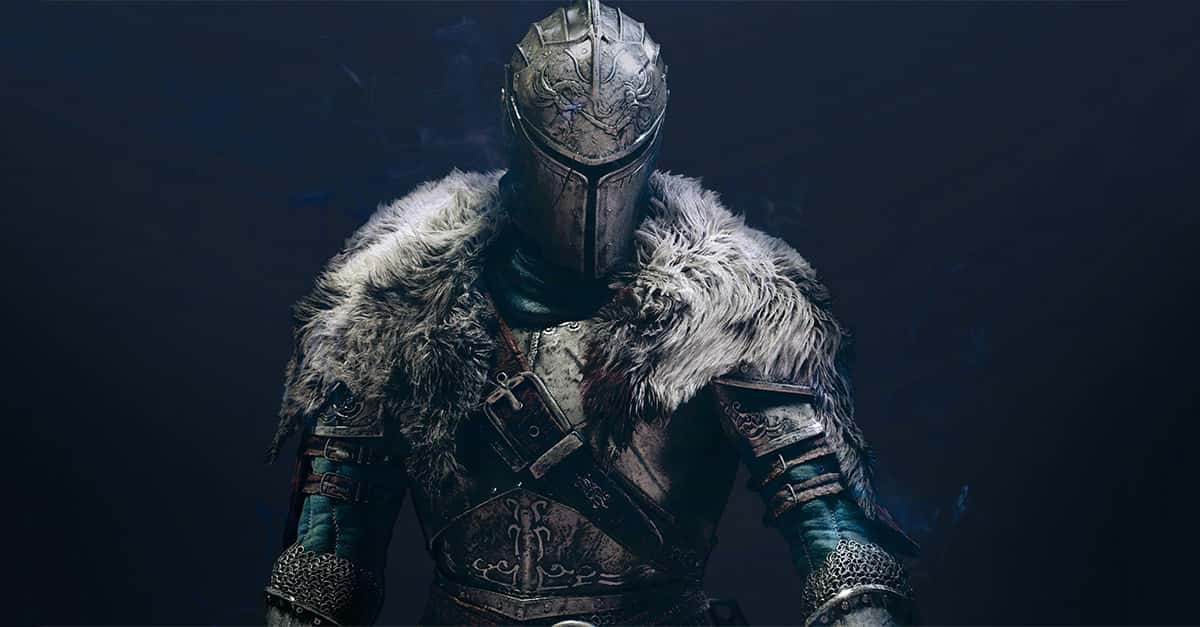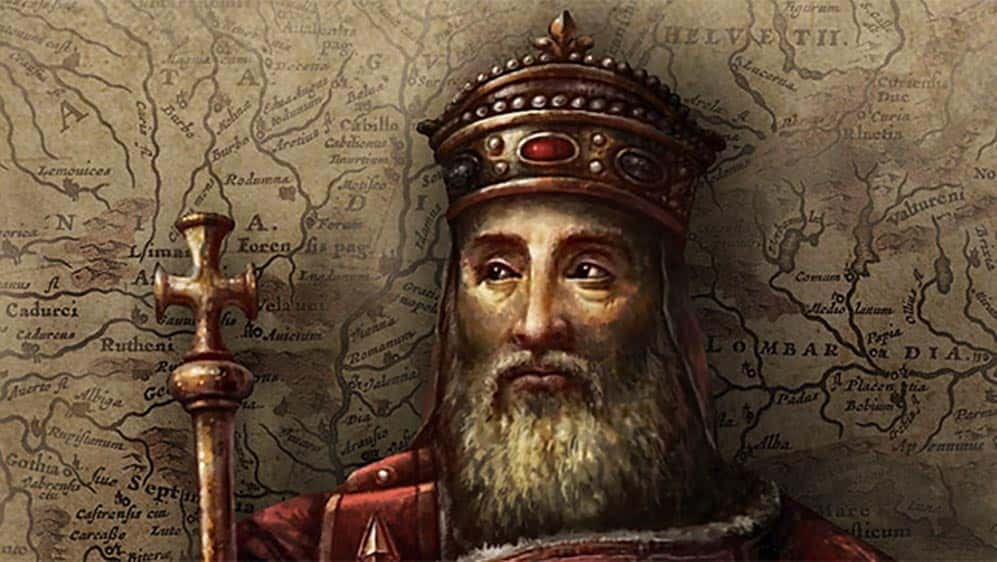Quiz: So Think You Know the Middle Ages?
Reset Quiz ♻️
Which group made up the largest part of the population in feudal society?
Fuedal societies were massively unequal. While Kings and Queens (and Lords and Ladies) may have lived relatively lavish lifestyles for the time, the vast majority of the population were peasants, or serfs, who worked the land and lived in poverty.
What was the name of the French peasant who rose to become a prominent religious figure and military commander, all by the age of 19?
Joan of Arc is one of the most fascinating figures of the medieval period. She helped to rally the soldiers of France during the Hundred Years War against England... but was eventually burned at the stake before her 20th birthday, for allegedely heritical behavior.
Which English king was also called "The Lionheart"?
Richard the Lionheart is a notable English king. He spent much of reign away from England on crusades.
The primary function of a "gargoyle" on a building is what?
The answer may not be as thrilling as you'd expect, but it's true: gargoyles were really used as drainpipes. Rainwater would spew from the gargoyle’s open mouth away from the building to help preserve the walls from water damage.
By the 11th Century, which of these animals had been hunted to extinction in England?
England used to have a native population of brown bears, but they were hunted to extinction in the Middle Ages, around the 11th century. They were reintroduced years later, but only to be hunted for sport.
In the early 1300s, King Edward II of England banned which popular form of entertainment?
In the early 1300s, King Edward II outlawed football. The problem was mainly the noise, and the general chaos of the sport. Before it was banned, any number of players were allowed to play in “mob football,” which didn’t have very many rules, and used a pig’s bladder as a ball.
Which two countries fought in a prolonged conflict that is today known as the Hundred Years War?
The Hundred Years War is a bit badly named: it was really a series of conflicts fought from 1337 to 1453 (roughly 120 years) between the ruling families of England and France.
This iconic French building was built in 1163. What is it called?
Notre-Dame de Paris (known more commonly as simply Notre Dame) is a medieval era cathedral in Paris, France. It's an iconic example of medieval architecture, famous worldwide. It is also the setting of the influential story The Hunchback of Notre Dame, by Victor Hugo.
What was the name of the fanatical religious movement in Spain, which intended to weed-out "anti-Christian" values?
The Spanish Inquisition was intended to maintain Catholic orthodoxy in Spain and other kingdoms ruled by Spanish monarchs.
The Byzantine Empire preserved the culture of the...
The Byzantine Empire was the continuation of the Roman culture in Eastern Europe, after the fall of the Roman Empire which began what we know call the Middle Ages.
What was the name of the document signed by King John that limited the power of the English Monarchy?
King John signed the Magna Carta under enormous pressure from the English lords he ruled. It limited the power of the monarchy dramatically, and paved the way for new, more democratic forms of government.
What is the name for this sort of painting, which became a common artistic depiction in the Late Middle Ages and shows a group of skeletons dancing together?
The Danse Macabre, or The Dance of Death, was a sort of medieval meme: they were paintings or woodcarvings of skeletons dancing with living humans, meant to symbolize the inevitability of death. They became common around the time of the Bubonic Plague. It seems that the traumatized survivors needed a way to understand the incredibly brutal fatalities they were seeing every day.
During the Middle Ages, barbers also served as:
The iconic red and white barber’s pole symbolized blood and bandages as most barbers also performed double duty as surgeons and dentists. Bandages stained with blood would be washed and hung from a pole outside the barber’s shop and, after twisting in the wind, would wind around the pole into the recognizable spiral pattern.
The Middle Ages are generally split by historians into three distinct parts. What are they called?
Because of the extended time frame, the Middle Ages are generally split into the Early, High and Late stages.
Which of these creatures helped to spread the plague?
Fleas and rats helped to spread the plague by biting victims and moving germs from host to host.
A Knight wearing a full suit of plate armor was typically carrying about how much extra weight?
A knight who wore full armor would have an extra 50 pounds or so of weight on him.
Which was the last country in Europe to convert officially to Christianity, in 1387?
The King of Poland and Grand Duke of Lithuania, Władysław II Jagiełło, officially converted Lithuania to Christianity in 1387. It was by far the slowest country in Europe to do so.
Only one of the following was an essential part of the marriage ceremony in the Middle Ages. Which one?
In order for a marriage to be considered "official" for much of the Middles Ages, a couple needed only to exchange words of consent.
Who invented the printing press in Europe?
The printing press was invented and popularized in Europe by Johannes Gutenberg, who was a goldsmith by trade. He developed his system around 1430.
What leader of the Franks was crowned Holy Roman Emperor in the year 800 AD and is also considered the father of the French and German monarchies?
Charlemagne, also known as Charles the Great, united much of Eastern and Central Europe during the Middle Ages. He was the first emperor to rule Western Europe after the fall of the Roman Empire almost 300 years earlier.
What proportion of the English population is estimated to have been killed by the Black Death?
About 35% of the English population died due to the Bubonic Plague (or Black Death). The devastation was so severe that you might have found entire ghost towns in the English countryside where the whole town was killed by the plague.
"The Great Schism" refers to what historical event, which occurred in 1054?
The Great Schism, also sometimes called the East-West Schism, was the formal split of the Catholic Church into two distinct factions. Today they are known as the Roman Catholic Church and Eastern Orthodox Churches.
Chess was brought to Europe by which of these medieval peoples?
Chess was invented and played centuries ago in China, India, and Persia. Where exactly it started is a bit of a mystery. What we do know, though, is that chess was brought to Europe by the Moors (a Muslim people who lived on the Iberian Peninsula) when they invaded Spain.
What was the chief goal of the Crusades?
The Crusades were a series of holy wars, fought by Christian powers in Europe in an effort to reclaim so-called "holy lands" from Muslim rule. An example of one such holy land is Jerusalem.
In the year 1066, England was invaded and taken over by a foreign ruler from Normandy, who would go on to establish much of what we think of as medieval English society. What was his name?
William the Conqueror took over England after his victory at the Battle of Hastings in 1066. He commissioned the Domesday Book in 1086, a census of his new lands and peoples which is still one of the most important historical records used by experts today to understand life in the Middle Ages.
Your Results
A Medieval History Fan
We made this test as hard as we could. The fact that you did pretty well is impressive. Sure, a few of the questions got past you... but that was the point. Well done.
The Future CEO of Medieval Times
Have you been studying medieval history since the day you were born? You probably know more than most museum employees. Time to type up a new resume and get in touch with Medieval Times. They could use experts like you...
Quiz
One of the most fascinating periods in history, the medieval era spanned from roughly the 5th century to the 15th, starting with the fall of the Roman Empire and merging into the Renaissance and the Age of Discovery. It was a time of glory and of hardship. There were kings, knights, and legendary battles... but also superstition, plague, and massive inequality. All in all, it was one of the most incredible eras of all-time.
Here's a quiz designed to test your knowledge of the Middle Ages. Good luck.
Dear reader,
Want to tell us to write facts on a topic? We’re always looking for your input! Please reach out to us to let us know what you’re interested in reading. Your suggestions can be as general or specific as you like, from “Life” to “Compact Cars and Trucks” to “A Subspecies of Capybara Called Hydrochoerus Isthmius.” We’ll get our writers on it because we want to create articles on the topics you’re interested in. Please submit feedback to hello@factinate.com. Thanks for your time!
Do you question the accuracy of a fact you just read? At Factinate, we’re dedicated to getting things right. Our credibility is the turbo-charged engine of our success. We want our readers to trust us. Our editors are instructed to fact check thoroughly, including finding at least three references for each fact. However, despite our best efforts, we sometimes miss the mark. When we do, we depend on our loyal, helpful readers to point out how we can do better. Please let us know if a fact we’ve published is inaccurate (or even if you just suspect it’s inaccurate) by reaching out to us at hello@factinate.com. Thanks for your help!
Warmest regards,
The Factinate team

